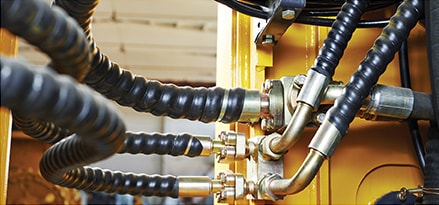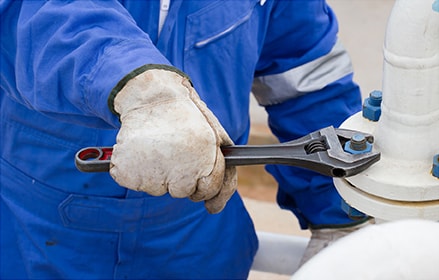In an attempt to manage costs, many companies operating facilities that can have a high level of leakage incidents – particularly metalworking facilities and steel mills – will opt for low-cost hydraulic fluids. However, this can exacerbate the situation, causing companies to pay on two fronts: through increased oil consumption rates and reduced equipment life.
So how can you prevent oil leaks from draining your bottom line? The following steps will help you gain better maintenance control, yielding up to a 10 percent reduction in lubricant consumption.
Track your hydraulic systems
Cataloging and labeling all major hydraulic systems can help accurately assess plant-wide capacity. By installing a metering device on lube storage tanks, you can measure and record the gallons delivered on each fill.
Measure oil leakage
After cataloging systems, establish a reasonable Hydraulic Fluid Index (HFI) baseline that can be used to measure actual cost savings. You can use the equation below to give you a consistent measure of oil leakage rates, independent of capacity, allowing you to track performance as equipment setup changes:
HFI= Annual Usage or Total Fluid Used
Reservoir Capacity Total Site Capacity
Using this calculation, pinpoint the reservoirs with oil leakage problems. The average industrial plant has an annualized HFI of about 3:1, with the best plants averaging ratios of 1:1.
Schedule inspections and continue monitoring HFI
Once the high-usage units have been identified, schedule ultraviolet/ultrasonic inspections to identify the source of the leakage, which will help minimize the impact on production until repairs can be scheduled. Continue to monitor HFI over time and consider tracking “% capture,” an indicator of lubricant volume used versus volume purchased. These efforts will help ensure you stay on target and reach your cost savings objectives.



